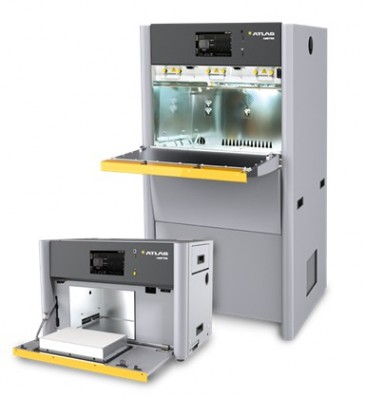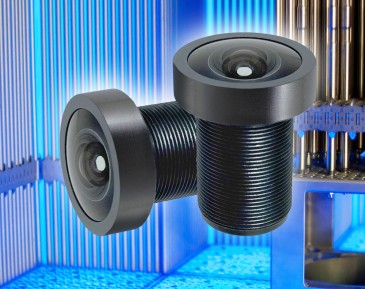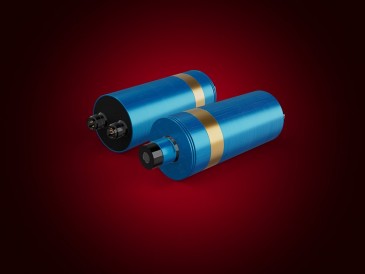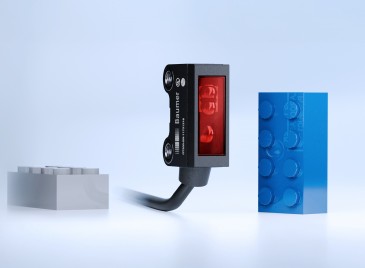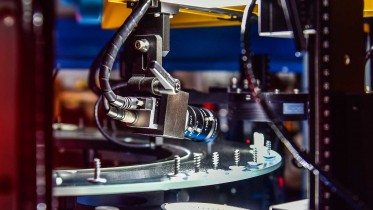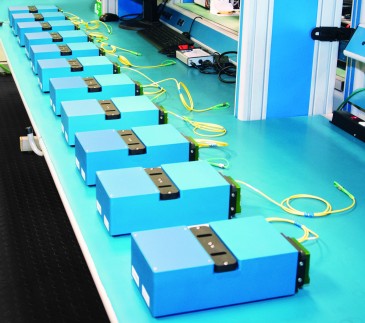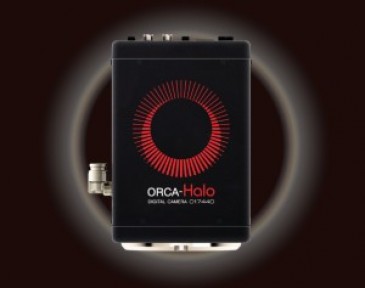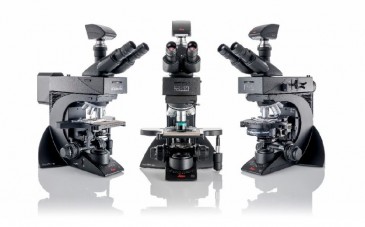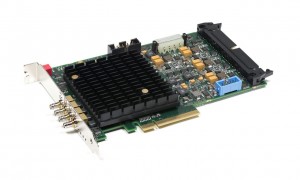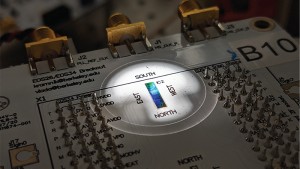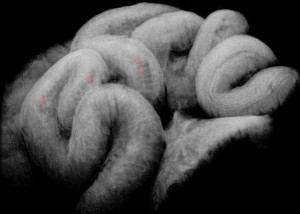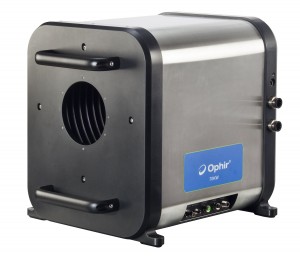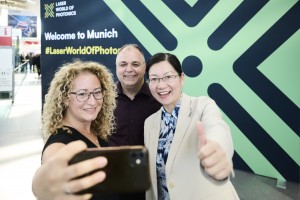
Photonics is thriving in Canada, with researchers advancing technology, a strong marketplace providing cutting-edge products, and academic institutions preparing tomorrow’s leaders.
Industry consortiums
Last year the two industry consortiums, Photonic Innovations and the Canadian Photonics Consortium merged into one. The new Canadian Photonic Industry Consortium (CPIC) was formed to focus on the needs of the 450+ companies in the Canadian photonics industry. According to figures from CPIC, the companies employ more than 20,000 people and, five years ago, contributed C$4.4 billion to the Canadian economy. CPIC reports that the majority of the companies have reported growth in revenue as well as in jobs. One of the aims of CPIC is to help photonics companies connect with customers as well as secure financing, discover new technologies and access specialists.
Regional clusters
Canada has photonics clusters in three major areas of the country: Ontario, Quebec and Ottawa. The Ontario Photonic Industry Network (OPIN) is a non-profit, industry led network, funded under the Ontario Government, Ministry of Research and Innovation (MRI), Ontario Research Commercialization Program.The organisation strives to achieve mutual success by sharing ideas and expertise among industry leaders and academic institutions.
The Ottawa Photonics Cluster (OPC) has over 65 members representing several photonics-related industries: optoelectronics, fibre optics and communications, imaging, lasers and biophotonics. The OPC a founding member of OPIN, the Ontario Photonics Industry Network, and the organisation works in partnership with the private sector, educational and research institutions, government and support organizations.
The Québec Photonic Network (Réseau photonique du Québec) is a networking organization with 66 members who are involved in optics- and photonics-related work in the Quebec region.
Government-supported research
The Institut National d’Optique (INO), located in Quebec City, is a centre for industrial research and commercialisation that offers integrated services such as consulting, design, development of modules and systems, process development, preproduction and short runs. INO is funded by the Canadian government, recently having received C$45 million ($46 million) in financing through 2016. INO is working to optimise its infrared and terahertz technologies, develop a new platform in biophotonics, and pursue work on optical fibre chemical sensors.
Since it was founded in the 1980s, INO has spun off 26 companies, and 43 technology transfers and carried out 4000 service contracts. Handyem, spun off in 2011, is a Quebec-based company, makes portable cytometers that use its patented F3 FiberFlowFluidics technology based on an all-fibre platform.
In partnership with another company, Doric Lenses, INO developed a patented microlense solution based on a gradient-index (GRIN) core with a homogeneous cladding. These microlenses could be used either as fast-axis collimators for single laser diodes or for building cylindrical lens arrays for laser diode bars.
Manufacturing centre
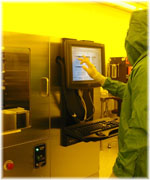
The Canadian Photonics Fabrication Centre (CPFC) is operated by Canada’s National Research Council (NRC) and it aims to be a "one stop shop" for engineering and manufacturing services, prototyping and pilot-run production facilities. Using GaAs and InP, GaN, SOI, other substrates, CPFC can manufacture a variety of devices through its foundry or fabrication services. The Centre offers a consulting service for third party evaluation and analysis of the resulting wafers for companies that fabricate wafers in-house or that have them outsourced to an external foundry. The Centre’s experts can help customers diagnose materials and fabrication-related problems, and they suggest corrective measures to remedy the problem. CPFC also has the ability to rework wafers or help manufacturers with additional process development at CPFC. Through a strategic partnership with CMC Microsystems of Kingston, Ontario, CPFC provides foundry services for photonic devices and photonic integrated circuits designed by researchers and graduate students at Canadian universities and colleges.
A gathering of light
The Canadian photonics industry will come together at the Ottawa Convention Centre 3 to 5 June 2013 for the 15th Photonics North conference and exhibition. Conference co-chairs are Jacques Albert, Canada Research Chair in Advanced Photonic Components at Carleton University in Ottawa, and Douglas James, Chair of the Board of Directors of the Canadian Photonics Industry Consortium.






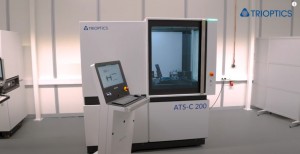

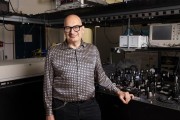




























 Back to Features
Back to Features